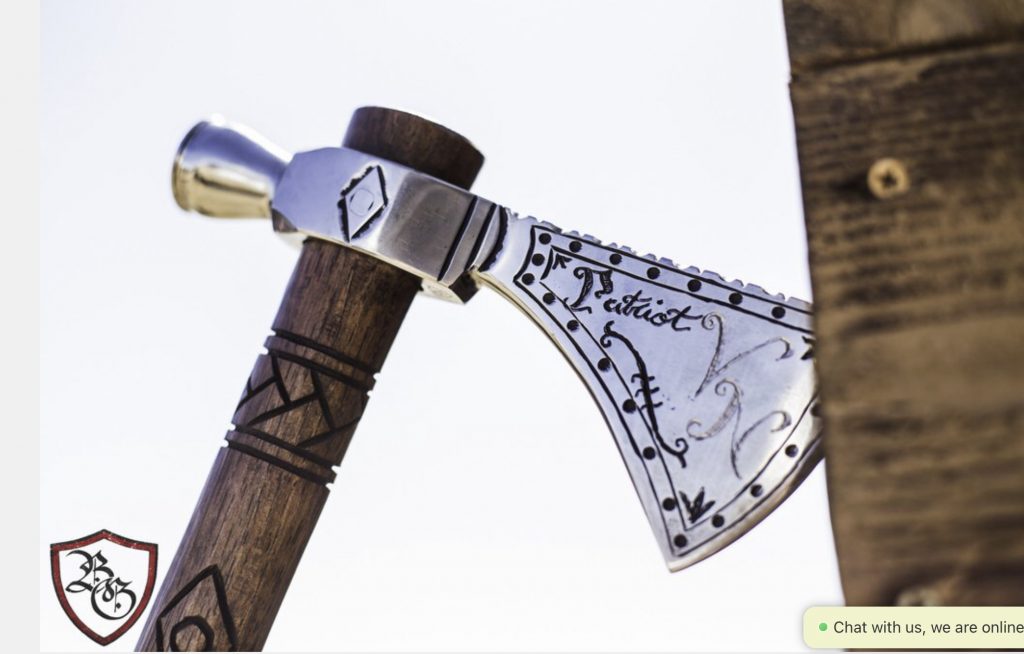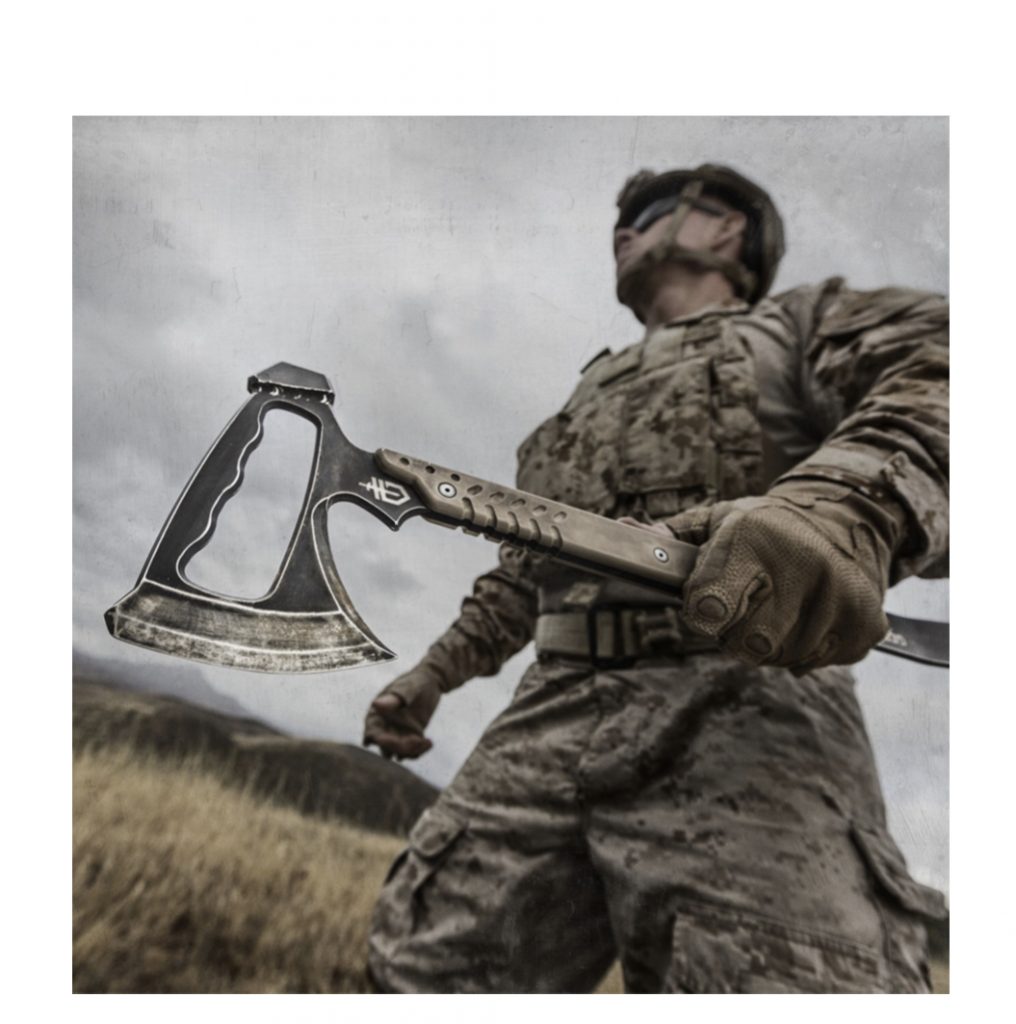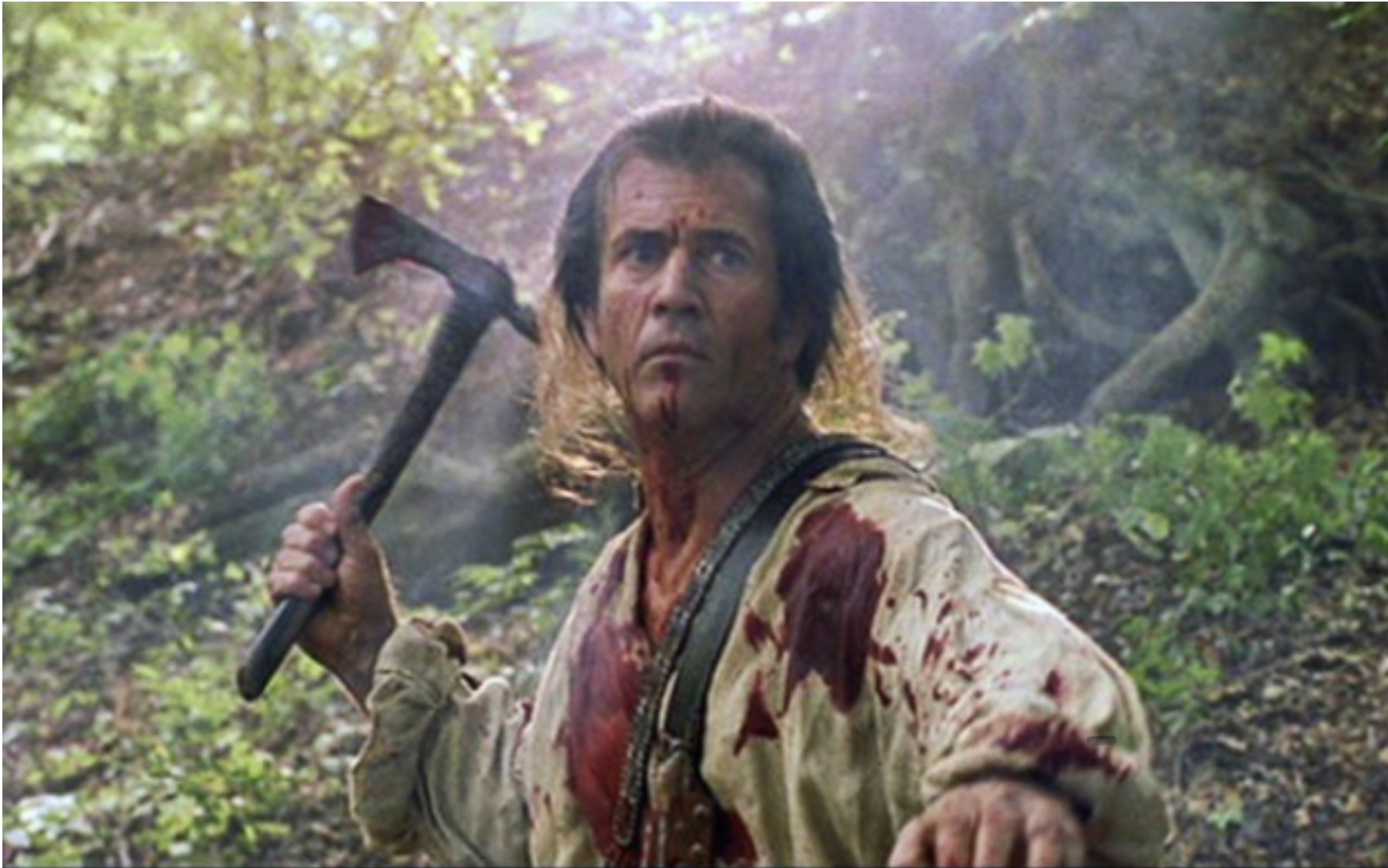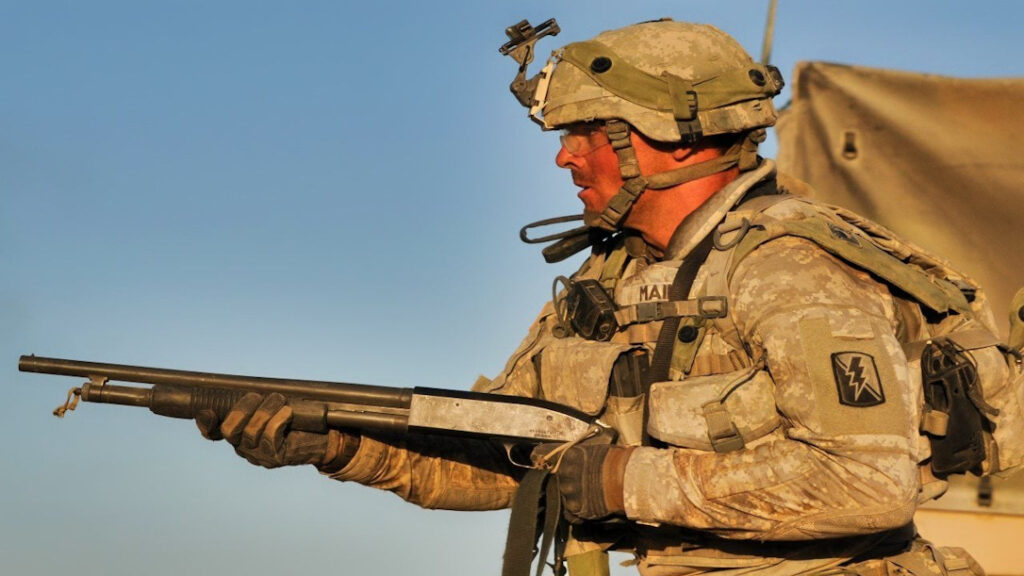It all started when I rented the extended cut of “The Patriot” last weekend for Independence Day. I’d seen the movie before, but felt that the holiday was a good excuse for a refresher.
As reportedly historically inaccurate as the movie was, one of the things that struck me was the main character’s use of the tomahawk that he kept from his days as a warfighter in the French and Indian War.
Wading into hand-to-hand combat with a tomahawk in one hand and a blade in the other, Mel Gibson’s character demonstrated both the utility and the brutality of the tomahawk as a weapon of war.
Advertisement — Continue Reading Below
As a result of this bit of holiday entertainment I decided to do some reading-up on the use of hatchet-as-weapon.
Below are a few links that I found interesting.
http://www.hawkthrowing.com/history-of-tomahawks.html
Advertisement — Continue Reading Below
Advertisement — Continue Reading Below
It turns out that from the Vikings to Native American tribes, war axes of various types have been used in combat for millennia. What were once hand-knapped flint axe heads bound with sinew gradually evolved into the bronze, iron, and now steel versions that we know today.
Colonial troops in the Revolutionary War were reportedly “required” to carry a sword or tomahawk for hand-to-hand fighting (I guess we now call this close-quarters combat?) Remember that the firearms of that era were single shot and could be unreliable depending upon circumstances. So rather than transitioning to a handgun if the battle rifle malfunctioned, in those days they transitioned to sword or tomahawk.
Some modern military units have continued to carry tomahawks – most notably the 75th Ranger Regiment – right up through Iraq and Afghanistan. Thus there has been an ongoing demand and manufacture of these historical weapons. But that doesn’t mean that the designs have remained antiquated. The variety of modern tomahawks offered these days is astonishing.
Advertisement — Continue Reading Below
I guess I never paid attention before at SHOT Show because being my age and gender, this was not a form of weapon that I thought I’d be able to employ effectively. So I frankly ignored them. But I didn’t know what I was missing.
Modern “Tactical” Tomahawks have a wide variety of features to choose from – including spikes, hammer heads, pry bars, glass breakers, fire starters, nail pullers, and gawd knows what else, in addition to the actual hatchet blade. Roger’s Rangers would likely be astonished at what modern materials and design can accomplish.
For me personally, I’d want to avoid the rear spike – I’d probably put my own eye out with the durn thing. But a hammer head would be useful for camping, and I realized that with all my existing gear I do not own a hatchet. A pry bar might be good for if I’m stuck somewhere off the road with my car, too. Remember this piece I wrote?
Advertisement — Continue Reading Below
I neglected to add in the introduction that I have a fascination with the 18th century. There is an historical fort nearby where I have attended workshops and demonstrations. Although I have never been a reenactor per se, I am in the process of attempting to hand-sew myself an historically correct costume for this era and location – just to see if I can.
Additionally, I have a direct ancestor who fought in the French and Indian War, and several others who fought in the Revolution. I guess you’d say I’ve got a bit of a genetic stake in this era of history.
Thus, although I am not likely to ever really “need” one for battle, after this research I am seriously considering acquiring my own tomahawk – or maybe two.
Advertisement — Continue Reading Below
I’m thinking maybe a “tactical” one as a sort of multi-tool for my get-home-bag (the Gerber Downrange looks useful), and maybe then an historical reproduction for display or for my historic costume kit.


Advertisement — Continue Reading Below
So while I am unlikely to ever be required to wade into a crowd of redcoats with bloody intent, maybe a gal like me DOES occasionally need (or at least “want”) a tomahawk. Who knew?















